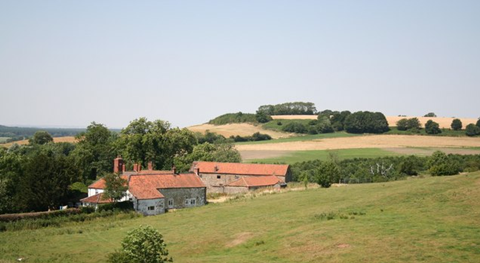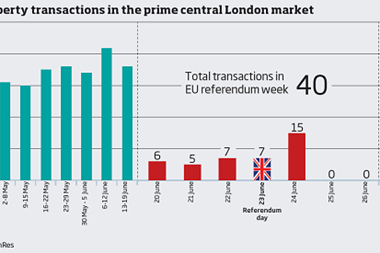With the budget, stamp duty and a change of prime minister, as well as the impact of Brexit, it’s no wonder poorer areas of the country are anxious about regeneration funding.

We’re also seeing homeowners, housebuilders and landlords questioning what the future holds for the property market following a near-£40,000 reduction in the average London house price post referendum.
Despite the future for regeneration funding remaining uncertain, the good news is that the regional property market remains optimistic.
The first quarter saw changes to stamp duty on buy-to-let purchases along with changes to legislation relating to multiple occupancy, both of which had an impact on local property markets. This was closely followed by the referendum.
The result was a significant drop in the number of investors registering to purchase buy-to-let properties.
However, this was entirely expected following the frenzy relating to the March stamp duty change. While general applicant/buyer registration and property viewings also dipped slightly, the numbers of offers being made were actually up and sales increased.
Plus, in the East Midlands and Lincolnshire, where my company is based, we’ve seen the average property price increase by 4% on the previous quarter, compared with the national average of just over 1%. Demand is clearly present through holding sale prices and the healthy 300-plus potential buyers we see registering each week.
Locations such as Lincolnshire remain fantastic options for first-time buyers due to property being available sub-£100,000 and mortgage rates staying low.
They have the benefit of realistic house prices and the best mortgage rates we can remember. Again, we only see rents rising in the future; a good fixed-rate mortgage could provide more security.

While investments have slowed in the second quarter, mainly due to strong investment prior to stamp duty changes, we do believe that they will return in the second half as property continues to be a good medium-term investment and rental demand steadily grows.
The East Midlands doesn’t have the same highs and lows as London; while the market and transaction levels may be slow, experts are still predicting positive growth in property values over the next five years. If property comes to market accurately priced and well presented, while being marketed to the widest possible audience with great mortgage rates, prices achieved and sales will remain consistently strong.
Tim Downing, director, Pygott & Crone






























No comments yet